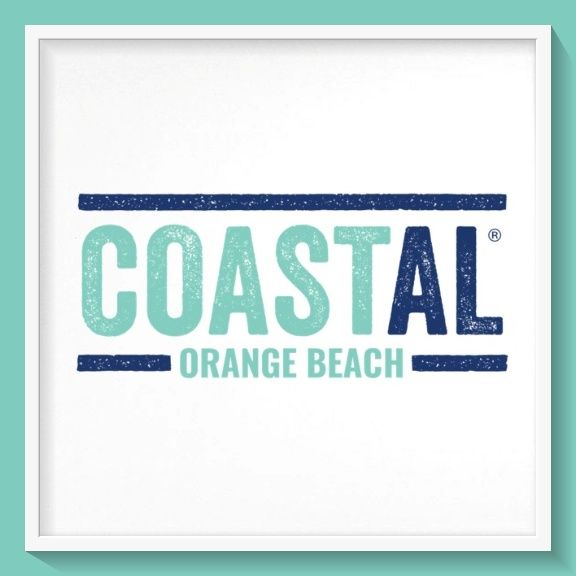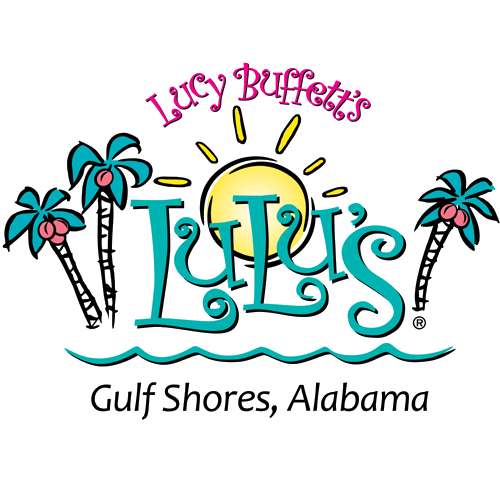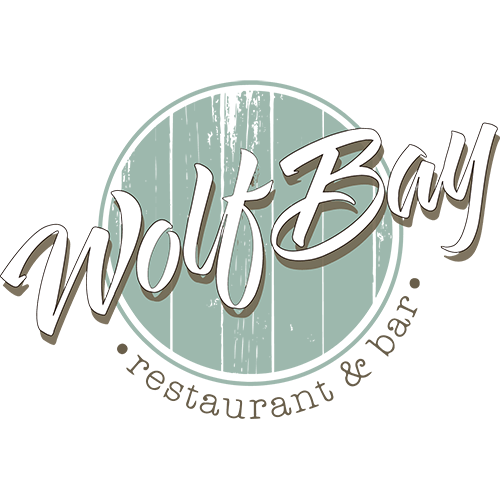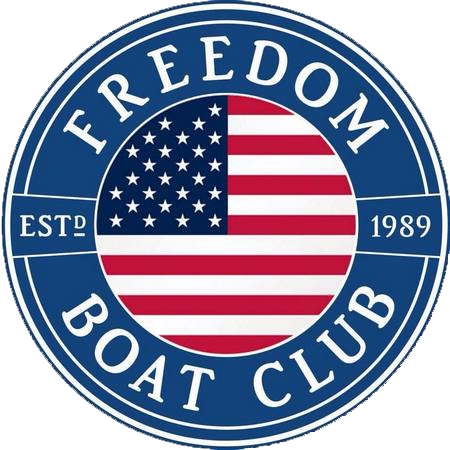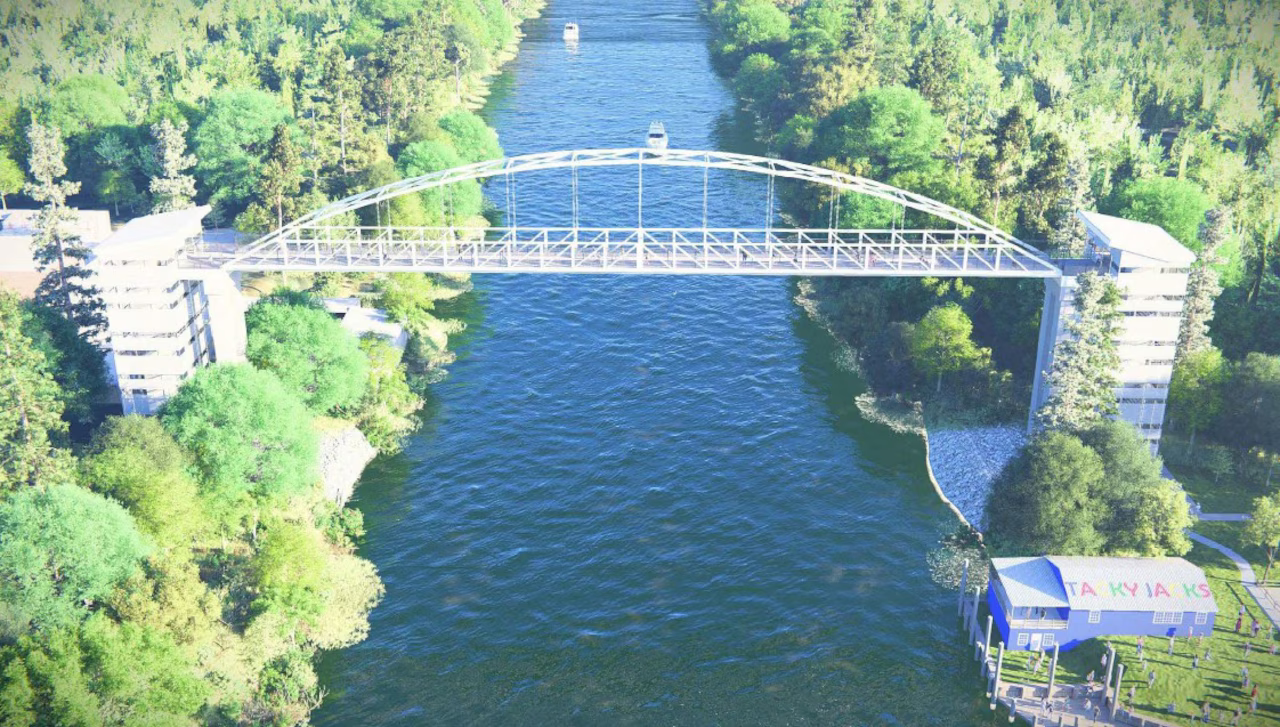Changing Landscape of Orange Beach Islands Seen From Sky
Ken Cooper • June 4, 2025
Island restoration in underway in Perdido Bay waters
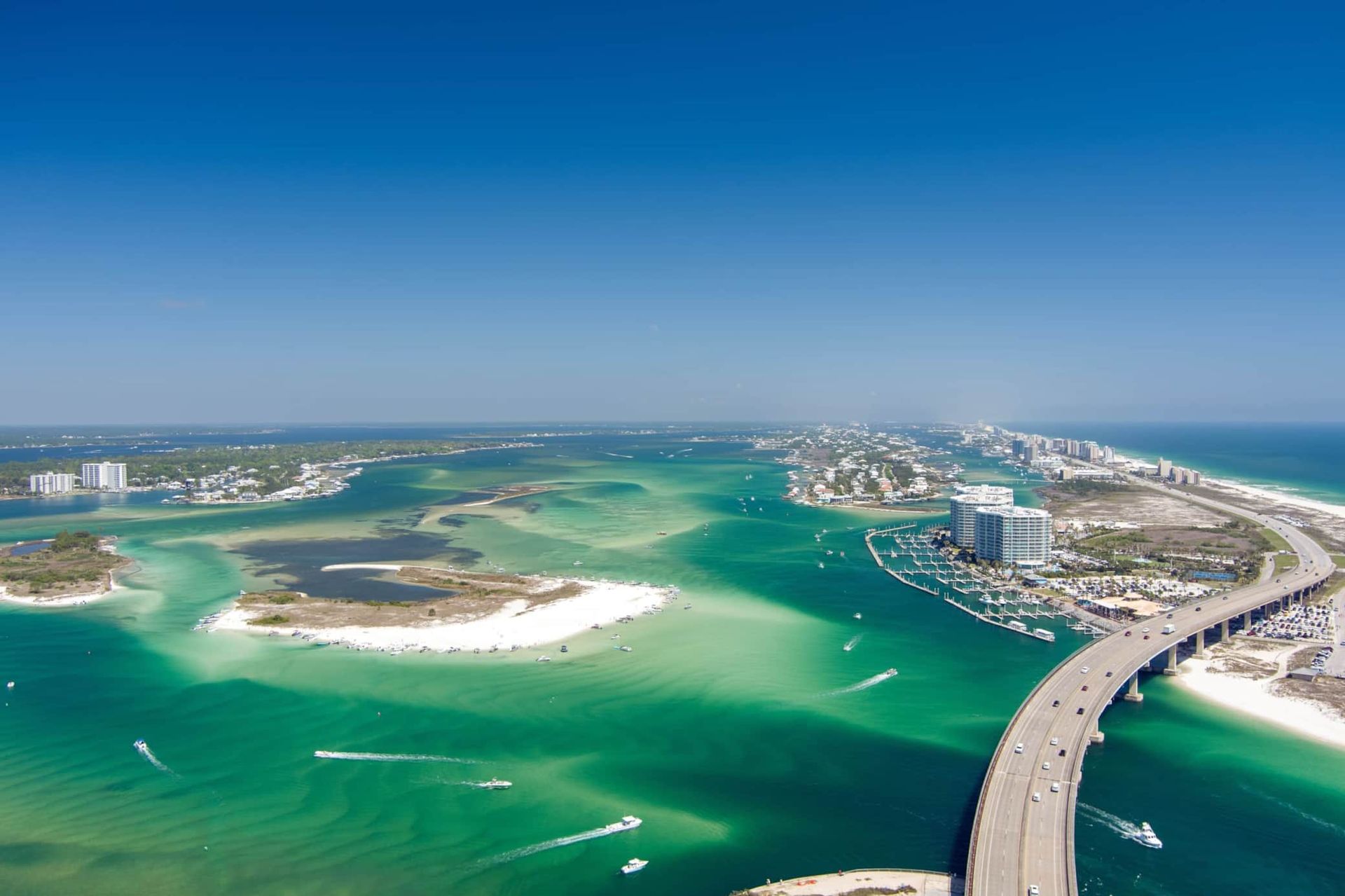
The annual Memorial Weekend tradition of flying over the islands of Gulf Shores, Orange Beach, and Perdido Key continued on the Saturday of Memorial Day weekend in 2025 with the help of Lost Bay Helicopters. Our tradition, which has been in place for well over a decade, offers an aerial perspective of the busy boating scene around the Islands of Perdido, (also known as the Orange Beach Islands or Islands at Perdido Pass).
Pilots from Lost Bay Helicopters, typically departing from the Gulf Shores Airport, guide the flight to capture photos of boaters, swimmers, and people on the shore. The aerial views showcase the variety of vessels, from paddleboards to yachts, that form the vibrant Orange Beach boating community. They also provide a view of the islands themselves, highlighting the greenery against the sugar-white sands. The flyover report from 2020 noted that the year was estimated to be a record year for boaters in Cotton Bayou, Terry Cove, and Bayou St. John, contrasting photos from 2019 and 2020.
RELATED ARTICLE: Local Island Restoration Begins At Perdido Pass
Beyond capturing the popular recreational use, the 2025 flyover took place during significant environmental restoration efforts that are actively reshaping the islands. In preparation for the Perdido Islands Habitat Restoration Project focusing on Walker and Robinson Islands, scientists began moving areas of seagrass out of the construction zones in mid-August 2024. Seagrasses are crucial nursery habitats for various marine species like blue crabs, shrimp, and fish. The main restoration project, which began in January of this year, involves dredging sand from channels to rebuild islands eroded by tides, storms, and boat wakes.
The restoration plans for Robinson and Walker Islands are extensive, aiming to enhance habitats for birds and marine life. On Robinson Island, plans include adding just over seven acres. This involves adding and restoring approximately three acres of marsh through thin-layer placement of sand, adding three acres of dune habitat, and about an acre of subtidal sand shoal underwater.
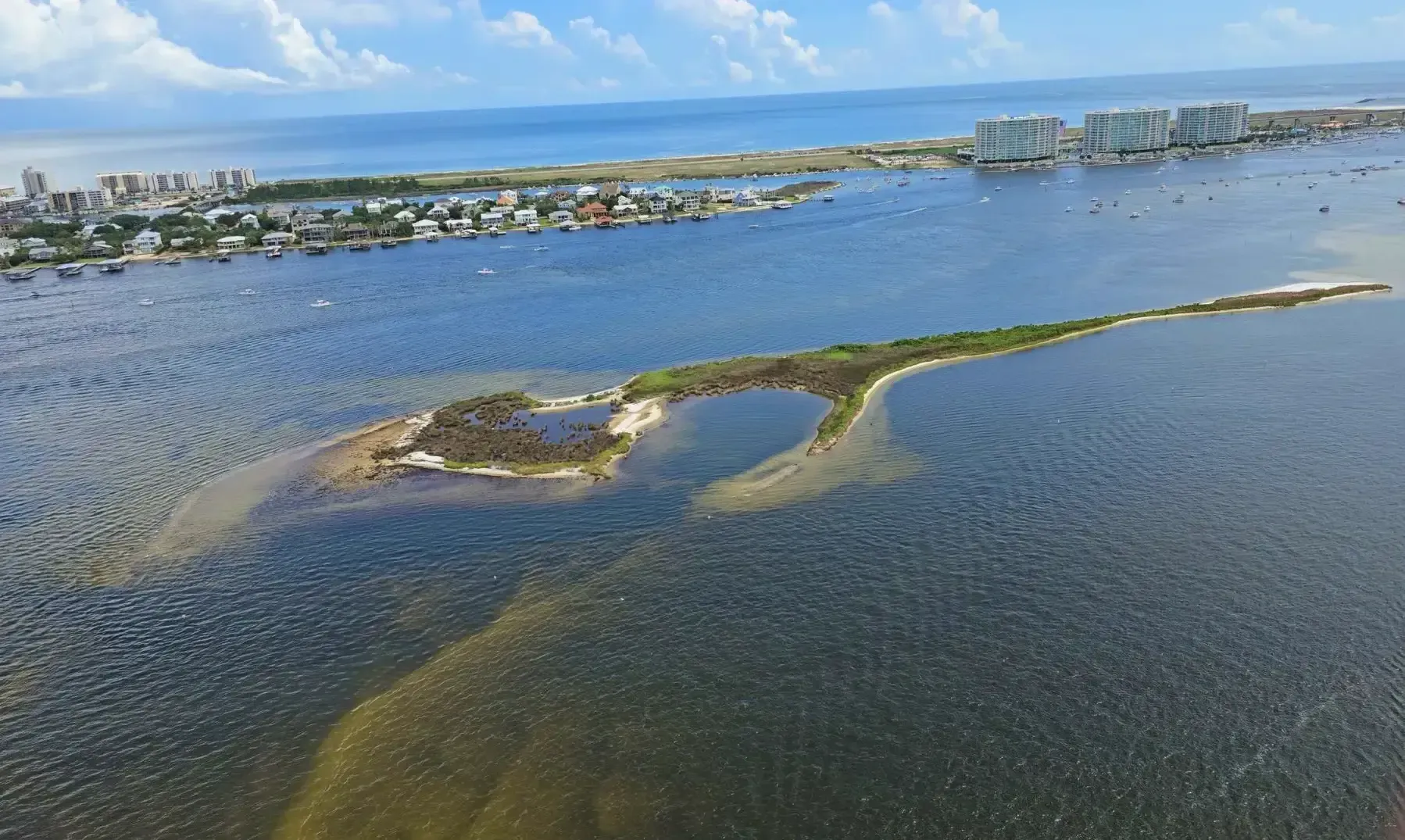
For Walker Island, the project targets both western and eastern portions. The western area is slated for four acres of subtidal shoals, five acres of shrub-scrub habitat, and one acre of higher upland area. The eastern portion will enhance the existing marsh and add another acre of marsh, an acre of subtidal shoals, eight acres of scrub-shrub habitat, and three acres of uplands on the east end. In total, this will result in more than 20 acres of marsh added or enhanced across Walker Island. While these projects add significant acreage and habitat types, the sources describe this as adding to and restoring the existing Robinson and Walker Islands, rather than creating entirely new, separate islands.

Other work planned for the islands includes planting trees and shrubs for nesting birds, controlling vegetation in shorebird areas, cordoning off sensitive spots, installing public awareness signs (regarding seagrass, no motor zones, trash, etc.), and enforcing rules. The work areas may resemble a construction project initially as dredging and staging occur, but the long-term goal is to improve natural habitat and recreational access. Plants will be installed on Robinson Island later this month. Like always, boaters can enjoy the island edge, refraining from the inner planted areas. Walker Island and its new additions will be under construction most of the summer and is expected to be completed in late July with new plants. Remember, Walker Island, including the new “islands”, is primarily for birds. Boaters are asked to help maintain that as a safe, and people-free area for them.
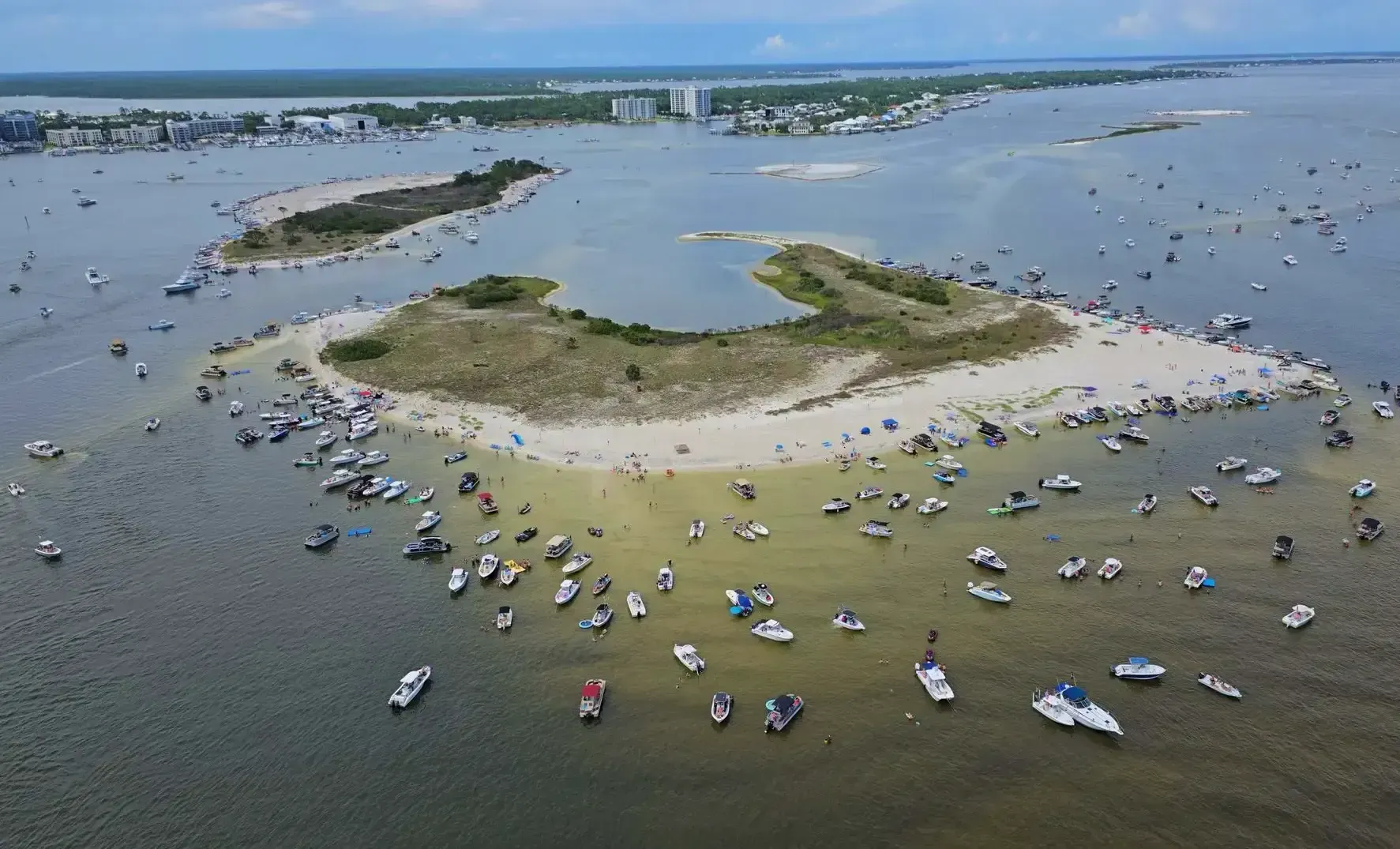
These restoration efforts are part of a broader focus on ecosystem and community resilience in the region. The Perdido Watershed Initiative, which encompasses these island projects, received over $12.8 million in NOAA grant money in April 2023. This funding was part of more than $27 million awarded to The Nature Conservancy in Alabama for coastal habitat restoration. The island restoration work specifically also benefits from Natural Resource Damage Assessment funds from the Deepwater Horizon spill, administered by NOAA through the Alabama Trustee Implementation Group. The success of these initiatives is credited to the extensive collaboration among partners, including The Nature Conservancy, local governments like the City of Orange Beach, state agencies such as the Alabama Department of Conservation and Natural Resources, and universities.
As the 2025 Memorial Day flyover captures the familiar sight of boats gathered around the islands, it also highlights the migrating sands – a testament to the ongoing efforts to restore and protect these valuable coastal habitats for both wildlife and future generations of visitors. Public cooperation by observing posted signs and avoiding marked areas is requested to ensure the success of the seagrass transplanting and broader restoration projects.
Recent Posts


